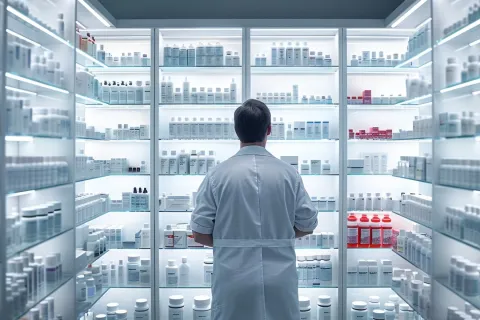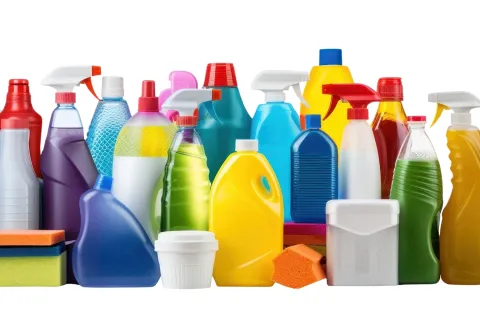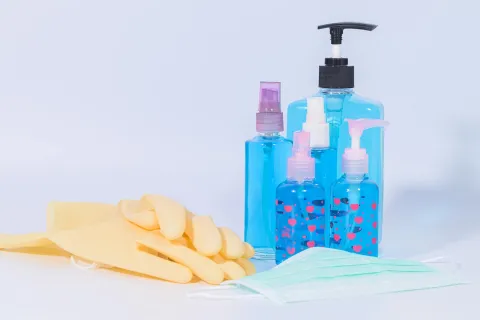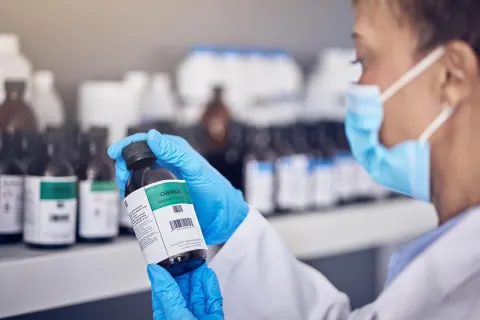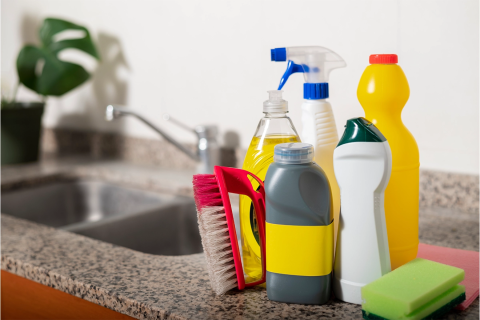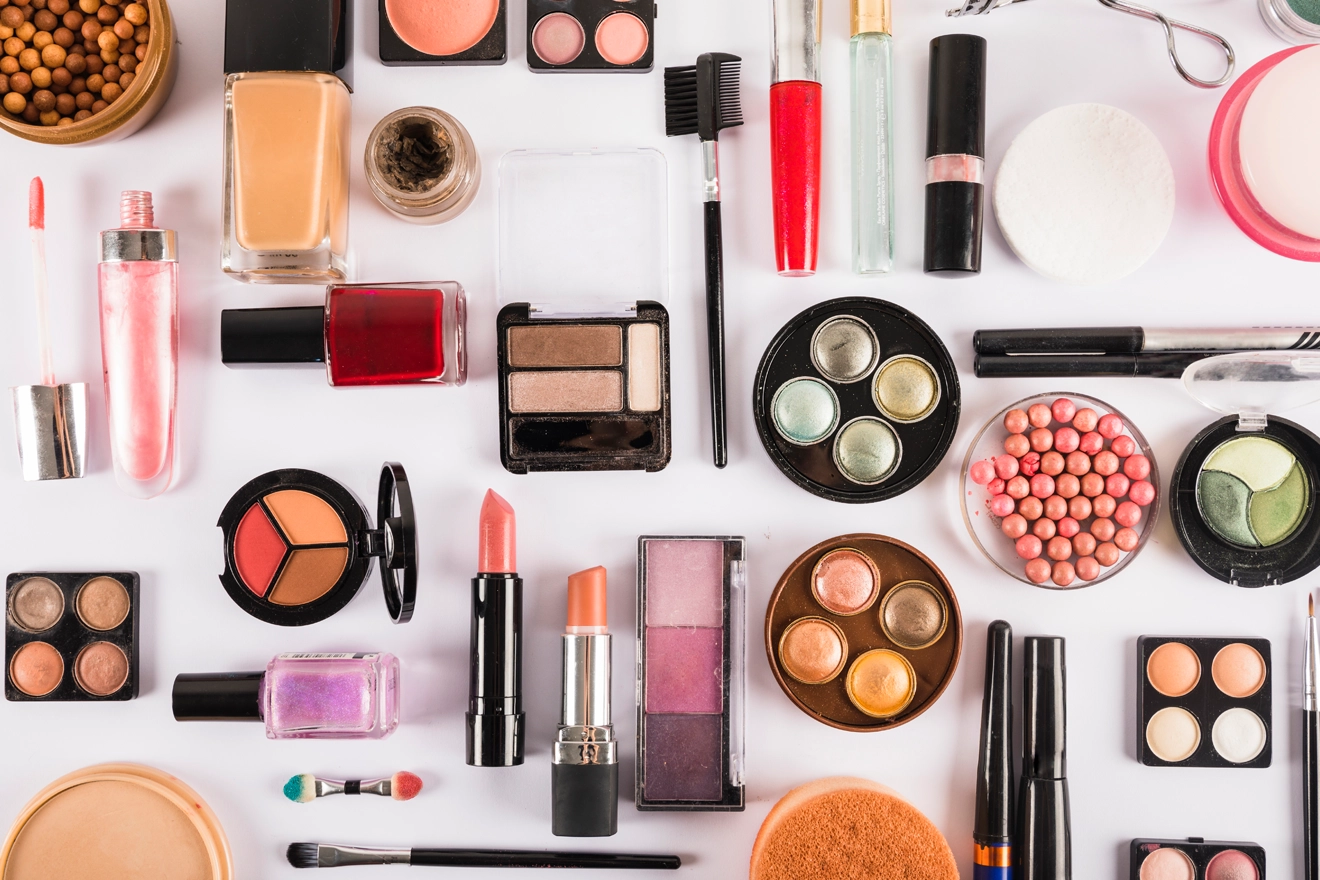
Heavy metals are ubiquitously present in the environment surrounding us. Heavy metals containing ingredients such as thimerosal (mercury) and lead acetate were used as cosmetic ingredients in the past. They were also used as reaction catalysts during chemical synthesis and for manufacturing industrial equipment, containers or closures.
These heavy metals can be found as impurities (commonly called elemental impurities) in cosmetic raw materials and/or finished cosmetic products. Health Canada acknowledges that heavy metal impurities in cosmetic products are unavoidable due to the ubiquitous nature of these elements but should be removed wherever technically feasible.
Some elements, such as iron, zinc, cobalt, etc., are essential for the human body at trace levels. Some of them are relatively non-toxic, like silver, indium, etc. Contrarily, some heavy metals are not essential for the body and pose health hazards independent of the route of exposure. They also present environmental hazards due to their bioaccumulation potential. Among the heavy metal impurities, lead, cadmium, mercury, arsenic, antimony, cadmium, and nickel are exceptionally toxic (carcinogenic, reproductive/developmental toxicants, and/or sensitizers).
Thus, the levels of these heavy metals must be controlled for the safety of the consumer. These toxic metals are controlled in cosmetics by various Regulatory bodies. The table below reflects heavy metal limits for finished cosmetics in the major global markets.
Table: Heavy Metal Limits for Cosmetics in the Major Global Markets
| Heavy metals | German (EU) | GCC | ASEAN | Thailand | China | India (BIS)* | Canada | Korea | Taiwan | US FDA |
| Lead | 2 ppm | 10 ppm | 20 ppm | 20 ppm | 10 ppm | 20 ppm | 10 ppm | 20 ppm | 10 ppm | 20 ppm (Colorants) 10 ppm (Lip care products) |
| Cadmium | 0.1 ppm | 3 ppm | 5 ppm | 3 ppm | 5 ppm | - | 3 ppm | 5 ppm | 5 ppm | - |
| Mercury | 0.1 ppm | 1 ppm | 1 ppm | 1 ppm | 1 ppm | - | 1 ppm | 1 ppm | 1 ppm | 1 ppm (Colorants) |
| Arsenic | 0.5 ppm | 3 ppm | 5 ppm | 5 ppm | 2 ppm | 2 ppm | 3 ppm | 10 ppm | 3 ppm | 3 ppm (Colorants) |
| Antimony | 0.5 ppm | 5 ppm | - | - | - | - | 5 ppm | 10 ppm | - | - |
| Nickel | 10 ppm | - | - | - | - | - | - | 10 ppm | - | - |
| *Cosmetic colorants limits; GCC - Gulf Cooperation Council; ASEAN - Association of Southeast Asian Nations; BIS - Bureau of Indian Standards | ||||||||||
Currently, the heavy metal limits in cosmetics are largely established based on levels that could be technically avoided. To exemplify, we can consider the limits set by Germany’s federal office of consumer protection and food safety (BVL) and Health Canada.
In a nutshell, cosmetics manufacturers must comply with the heavy metal limits to expand their global footprint. For cosmetics Regulatory support and hassle-free global market entry, reach out to Freyr.


